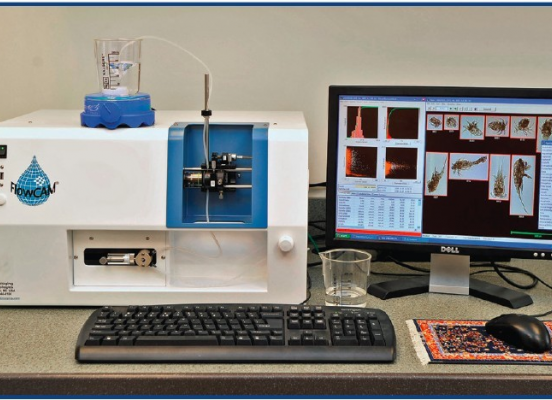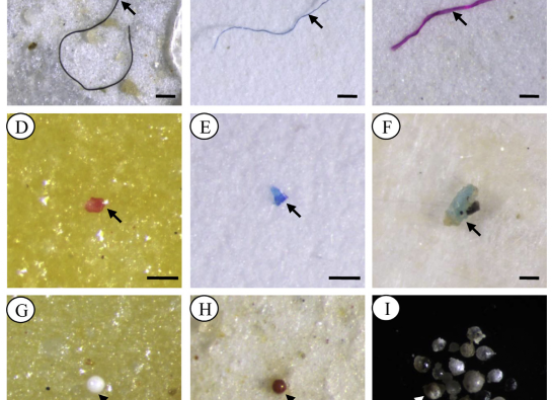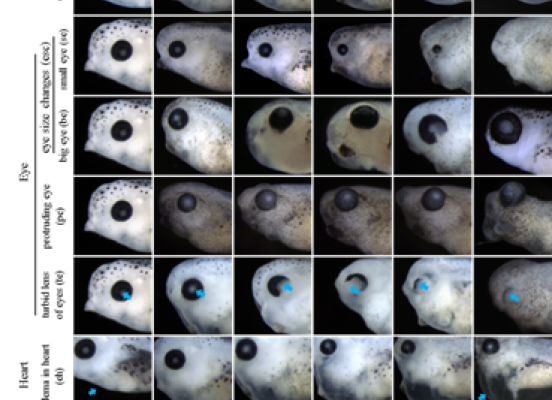Description
Many archaeological sites were excavated in China, but rarely in the adjacent coastal areas. An archaeological site at Huangniliang in the coastal area of Shandong Province, northern China was excavated in 2013. Abundant stone artifacts including hammers, cores, flakes, chunks, and retouched tools are found in the silty aeolian sediments. In this study, optically stimulated luminescence (OSL) technique was employed to establish the chronological framework of the site. Medium-grained (45e63 mm) quartz was extracted from six sediment samples for dating. The equivalent doses obtained with the single-aliquot regenerative-dose (SAR) protocol are shown to increase with depth. Three samples from the stonetool containing layer yield OSL ages ranging from 54 ka to 59 ka, providing the earliest geochronological evidence for the presence of humans in the eastern coast of Shandong peninsula during the early period of Marine Isotope Stage (MIS) 3.









